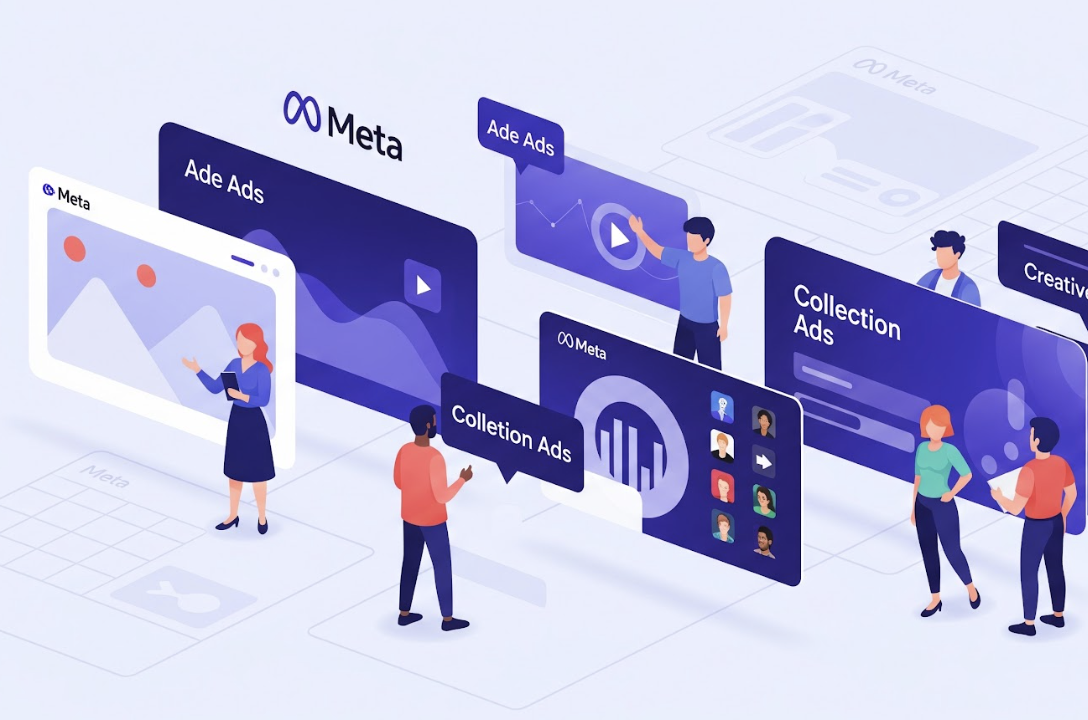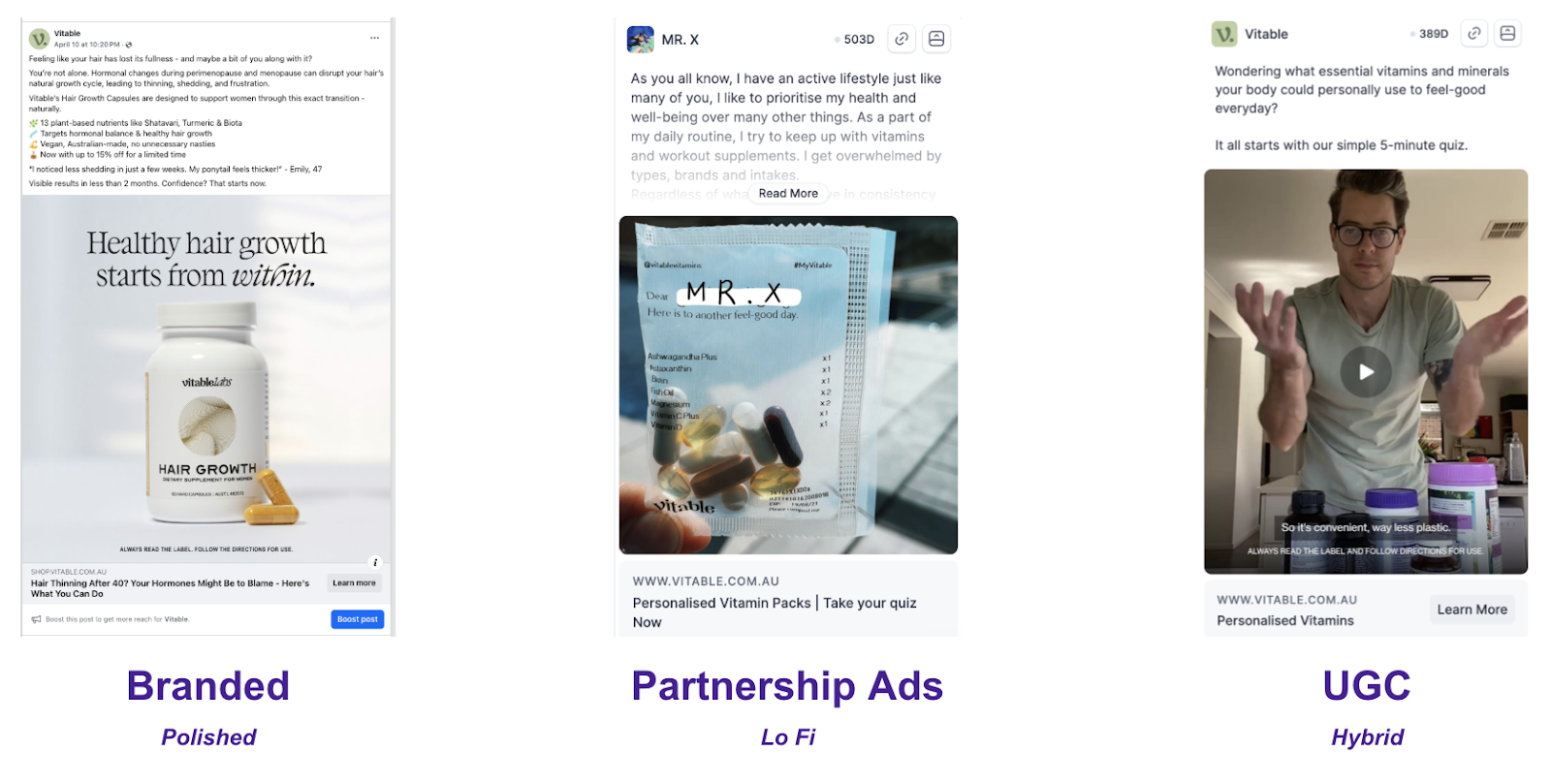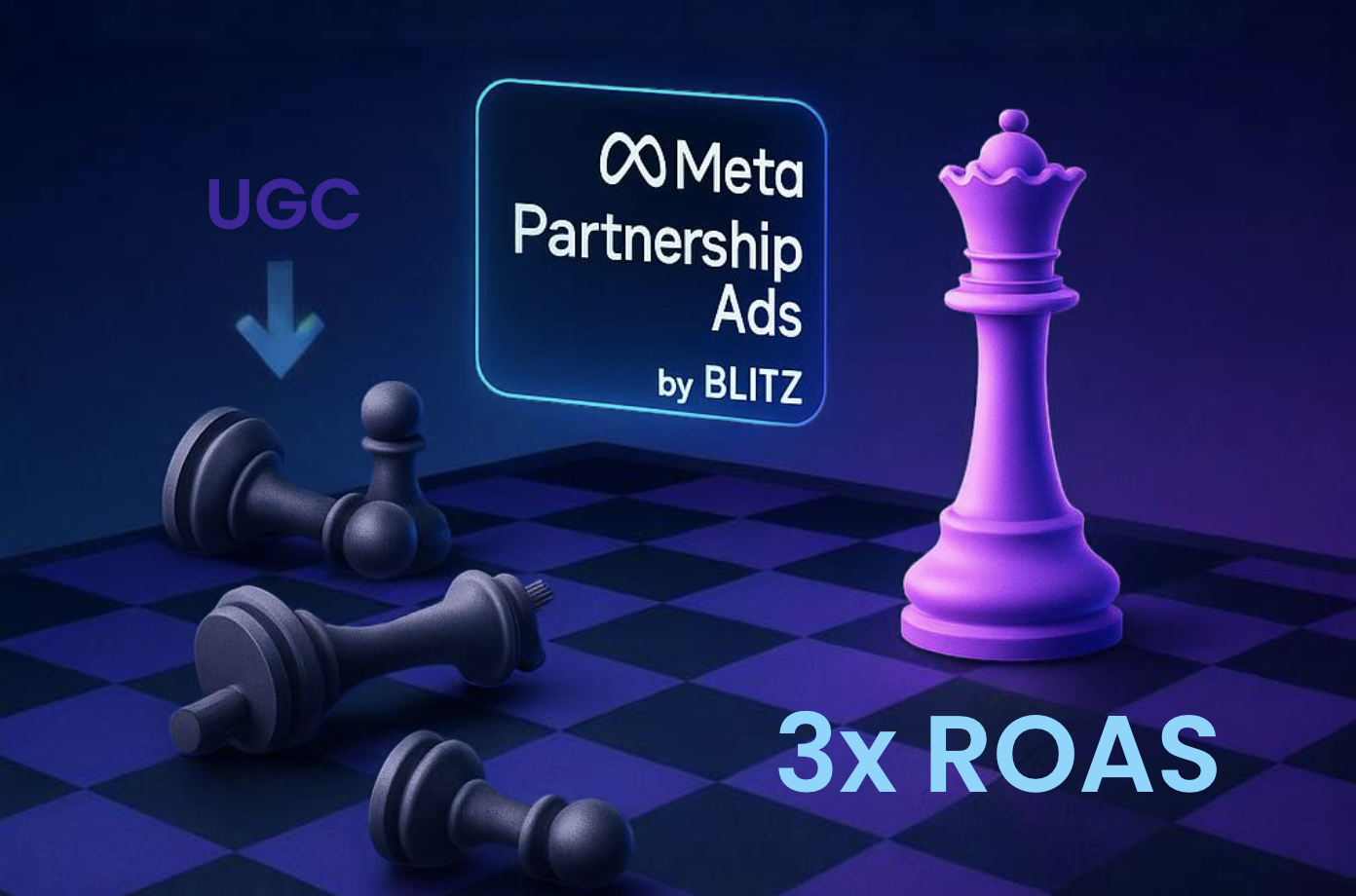The Meta Creative-Mix That Maximises Ad Performance

TL;DR
- Static vs Video: Use both. Video wins attention and education; static wins speed, clarity, and reminders.
- Branded vs Creator Lo-Fi (eg. Partnership Ads): Pair branded assets for positioning and trust with creator-led lo-fi for relatable proof and conversion. Run creator pieces from the creator handle (Partnership/Spark) whenever possible.
- Creative Diversification: Rotate core concepts and sub-variations (especially hooks). In video, the hook decides most of the watch time, so re-hooking the same body is a powerful fatigue fighter.


On Meta, creative is now targeting. Different creatives unlock different pockets of attention: a lo-fi creator video with comments and watch time travels one path through the feed; a crisp branded explainer or price-forward carousel travels another. That’s why the creative mix you run at the account level is now a bigger growth lever than micro-targeting.
This article shows how to structure that mix so your blended CAC improves and scale holds.
1) Static vs Video Ads
Video Ads tend to perform better than Static Ads on average in terms of ROAS while some Static Ads can sometimes outperform Video Ads, however accounts that only contain Video Ads tend to perform worse than balanced accounts.
- People consume in different modes: quick-scan vs deep-watch. A single format can’t meet both.
- Attention and comprehension are separate muscles: video earns the pause; static cements the takeaway.
- Audiences hit your brand in different contexts (on the move, sound-off, late-night scrolling). Only a mix reaches them all.
- Platforms route supply differently; formats unlock different pockets of inventory. One format = you’re invisible in big parts of the feed.
- Variety creates memory structures: motion + stills + typography = more ways for the brand to stick.
Video = attention + education
- Best for: problem/solution, demos, comparisons, founder POV.
- Strengths: higher thumb-stop, richer storytelling, better cold reach.
Static/Carousel = speed + clarity
- Best for: price math, bundles, testimonials, retargeting reminders.
- Strengths: fast to produce, cheap testing, great for “decision aids.”
2) Branded Produced vs Creator Lo-Fi: trust from two directions
Pair branded assets to set positioning and trust at the top/mid funnel with creator-led, handle-delivered lo-fi to provide relatable proof and conversion at the bottom.
- Authority and relatability are complementary, not substitutes. Branded signals competence; creators signal “people like me.”
- Some buyers need a permission structure (“this is legitimate”); others need a social nudge (“this works for someone like me”).
- Cultural fluency lives with creators; category framing lives with the brand. You need both to shape preference.
- In a skeptical feed, multiple voices reduce perceived bias. One voice only = fragile trust.
- When taste shifts or discourse changes, creators adapt faster; brand assets provide durability. Balance = resilience.
Branded produced
- Purpose: positioning & trust at the top/mid funnel (quality signals, authority, clear demo and offer).
- Where it wins: retargeting, high-AOV explanations, evergreen offers.
- Risks: can feel “ad-y” if used alone in cold.
Creator lo-fi (UGC 2.0) via Partnership/Spark
- Purpose: relatable proof for mid/bottom funnel and efficient prospecting.
- Why it works: native style + social proof; runs from creator handle (keeps comments/engagement history).
How they combine into a complete funnel
- Top funnel: creator lo-fi hooks to earn attention; branded video frames the category and your POV.
- Mid funnel: creator proof (tests, comparisons, FAQs) + branded clarity beats.
- Bottom funnel: creator testimonials and objection busters + branded static/carousels for price, bundles, and urgency.
3) Creative diversification: resilience and scale
- Audiences are fragmented and fickle. One angle can’t persuade all motivations (status, savings, convenience, values).
- Fatigue is inevitable. Different looks and narratives keep curiosity alive without changing the product.
- A portfolio of concepts gives algorithms more reasons to find you new people; a single concept narrows the path.
- Reframing the same truth in multiple stories (demo, comparison, testimonial, founder POV) builds a 3D understanding that a single story can’t.
- Diversity in formats and voices is risk management: if one style stalls (creative, cultural, or platform shift), the account doesn’t.
Rotate core concepts and sub-variations to avoid fatigue. For video, the hook is the ad: 90%+ of views are decided in the first seconds, so re-hooking the same body (5–10 hooks) is the fastest way to extend life and stabilise CAC.
Sub-variations that matter:
- Hooks (video): Most drop-off happens in the first 2–3 seconds: treat the hook as the ad.
- Re-use the same body with 5–10 different hooks (pattern break, question, claim, visual reveal).
- This alone can extend life and fight fatigue without a full reshoot.
- Re-use the same body with 5–10 different hooks (pattern break, question, claim, visual reveal).
- Identity: creator handle vs brand handle (test both on winners).
- Format: 9:16 primary; also 1:1 or 4:5; subtitles on every video.
- CTA & offer: % off vs bundle vs subscription save.
Bottom line
A balanced content mix isn’t about pleasing creative teams: it’s about reaching different minds, contexts, and cultural cues at once. Balance gives you coverage, credibility, and staying power. Focusing on one thing gives you a moment; the mix gives you momentum.
evercleaner
Case study
- Revenue from $0 to $200k+ monthly within 18 months
- Significantly grew monthly customer acquisitions via Meta & TikTok
- Profitably scaled the Meta & TikTok ads budget from $5k monthly to $100k

Free Guide: The Proven Partnership Ads Playbook
The exact system we use to cut CAC by up to 70% and 2-3x ROAS. Backed by $3M/month in ad data.
.png)
%20(1).png)


.png)

.png)





